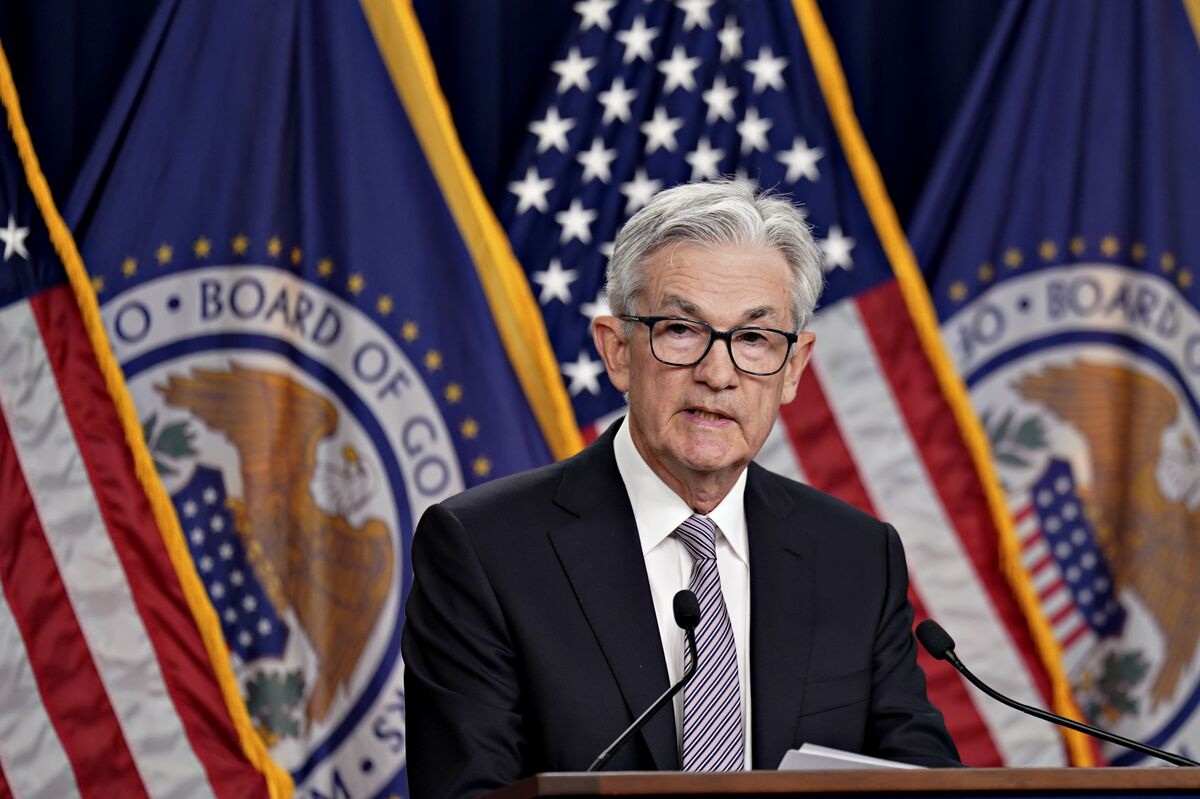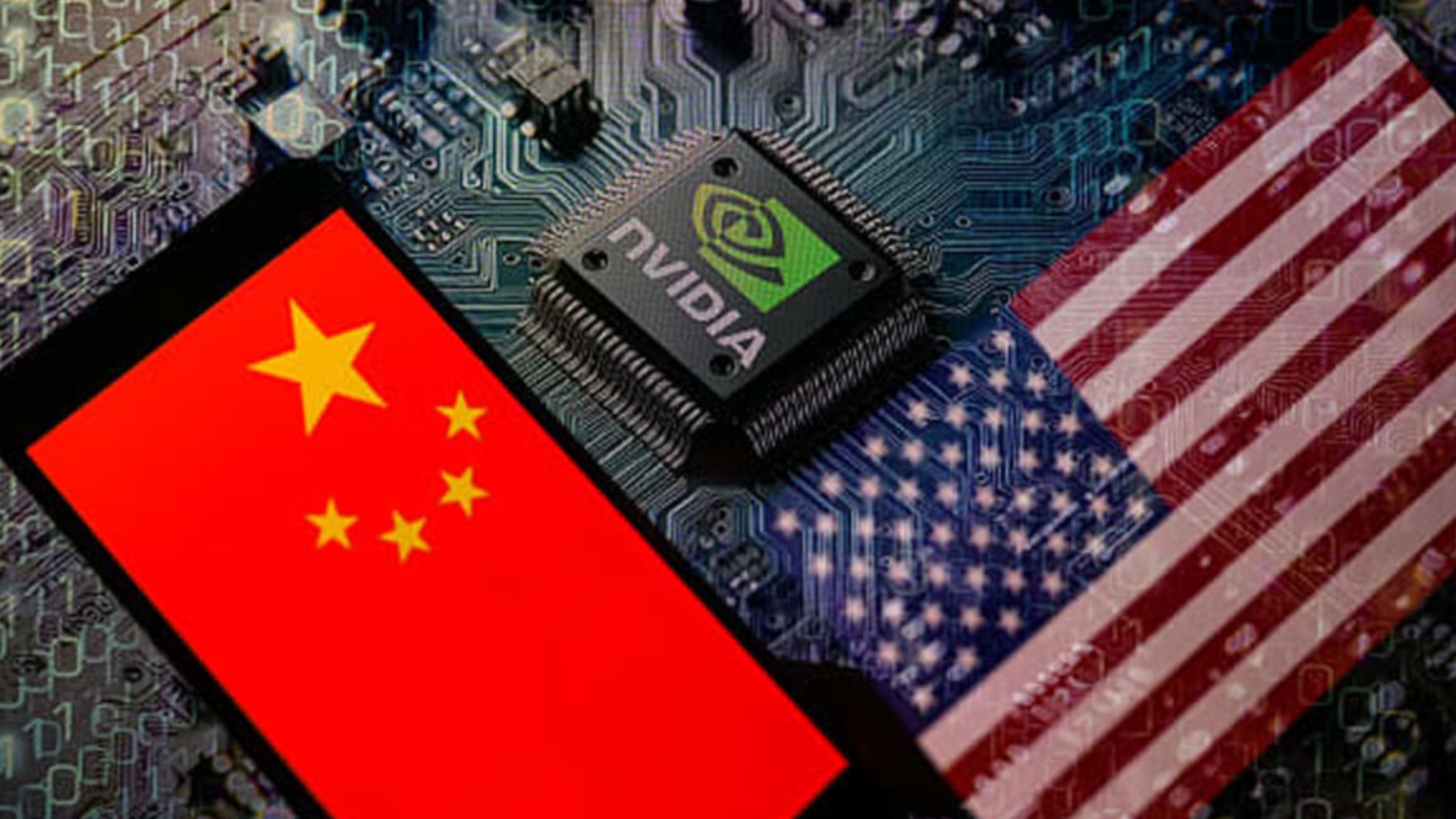Nigeria’s cryptocurrency users are proving to be some of the most resilient and loyal in the world. According to the State of Crypto Adoption in Nigeria 2025 report by Quidax, despite years of regulatory crackdowns, market volatility, and occasional service disruptions, most Nigerian crypto users remain steadfast in both their platform choices and commitment to digital assets.
This loyalty, however, is not blind faith; it is built on pragmatism. Nigerian users carefully evaluate utility, security, and convenience when choosing where to transact. In a rapidly evolving ecosystem, the biggest decision for most is not whether to use crypto, but which platform to trust.
Centralized Exchanges Take the Lead
Quidax’s findings reveal a clear winner in Nigeria’s crypto trust race: Centralized Exchanges (CEXs). The Nigerian retail crypto market recorded an estimated $57.11 billion in trade value between July 2024 and June 2025, driven largely by retail users who, even after negative experiences, prefer to “pause” rather than exit the ecosystem entirely.
When users do switch platforms, their moves are deliberate. Many migrate between major global exchanges such as Binance, Bybit, and Bitget. Interestingly, a notable portion of former Binance users —around 11.7% —has shifted to local African exchanges, signaling growing confidence in homegrown platforms with strong reputations.
Crypto as a Daily Utility, Not Just Investment
Contrary to the belief that a few big players fuel Nigeria’s large trading volumes, Quidax’s data shows that everyday transactions dominate the market.
-
40% of transactions fall within the $10–$50 range.
-
In naira terms, most transactions range between N15,000 and N25,000.
This pattern underscores a crucial insight that crypto has evolved beyond speculation in Nigeria; rather it is now part of daily financial life, used for routine payments, transfers, and small-scale investments.
Why Nigerians Prefer Centralized Exchanges
An overwhelming 83.2% of Nigerian crypto users prefer CEXs, compared to 10.7% using peer-to-peer (P2P) platforms and just 2.6% on decentralized exchanges (DEXs). This dominance highlights a major trust and usability gap that decentralized options have yet to close.
The top three drivers of CEX adoption are security, trust, and usability:
-
Security (23.24%) — In a market scarred by scams and hacks, Nigerian users gravitate toward platforms that provide a sense of safety. Centralized exchanges handle custody, private keys, and technical complexities, offering users a familiar, “bank-like” experience that reduces anxiety.
-
Usability (19.26%) — The intuitive, mobile-first design of CEX platforms simplifies complex crypto activities. From fiat deposits to digital conversions, these platforms make crypto accessible to beginners and convenient for experienced users alike.
-
Fiat On/Off-Ramps — CEXs bridge the gap between traditional banking and digital finance. Their ability to convert naira to crypto and crypto back to fiat with minimal friction is a critical differentiator in a region where interoperability between financial systems is often limited.
Other reasons cited include fast withdrawals, access to diverse tokens, competitive fees, robust customer support, and advanced trading tools. Interestingly, peer influence, such as recommendations from friends or influencers, ranked lowest as a factor in platform choice.
The Niche Roles of P2P and DEX Platforms
While smaller in market share, P2P and DEX platforms serve important niche audiences.
-
P2P Users (10.7%) prioritize control and favorable exchange rates. Around 29% value faster, direct transactions with trusted sellers, while 21.83% use P2P trading to secure better conversion rates and bypass official bank limits. Privacy and community trust also play key roles in their preference.
-
DEX Users (2.6%) embody the true decentralized ethos of crypto. Their main drivers include privacy, anonymity, and self-custody. About 24% are drawn by the lack of KYC requirements, allowing them to transact without disclosing personal information. Others value full control over their funds and access to early-stage tokens unavailable on centralized platforms.
Trust Remains the Cornerstone
Ultimately, Quidax’s research paints a clear picture that Nigerian crypto users prioritize trust, security, and convenience above ideology. While decentralization offers autonomy and privacy, the average Nigerian user still prefers the reassurance of structured systems, reliable support, and easy fiat integration.
Centralized exchanges, by combining accessibility with perceived safety, have cemented their place as Nigeria’s preferred gateway to the world of crypto.






